When young Katie Dayus first decamps to a Herefordshire farm one hot Edwardian summer, the biggest revelation are the pigs snuffling around the straw strewn cobbles of the farmyard. Up until then, her closest encounter with the animals were the gutted carcasses hanging in the local pork butcher’s shop, in the densely packed Birmingham neighbourhood she lived in: the Jewellery Quarter.
“I’d never seen a farmhouse or farmyard before,” wrote ‘Katie’ years later in the memoir Her People, published under her grown-up name of Kathleen. “Especially one with live pigs!”
On arriving at the farmhouse with her mother and siblings — Katie’s father left back in Birmingham to fend for himself — there’s more riches in store. Inside the expansive kitchen of the main house, occupied by the amusingly named Farmer Onions, there’s a rich spread of food and fresh milk, beyond anything nine-year-old Katie’s tasted before.
That’s where the luxuries end though; Katie and her family are there to labour in the hop yards. They have to sleep on straw in a rat-infested barn. After the indulgences of the first day, food becomes scarce. The work is backbreaking, and the pay is meagre (“all bloody day for two bob each?”). The children get up to mischief while the adults pick hops. One evening there is a drunken celebration after work and the group have to fight off some lecherous pickers from a nearby farm.
Stories are told behind their backs and the villagers, and other pickers, start treating Katie and her group with suspicion and disdain. They leave early one morning, under cover of darkness.
A summer migration
The annual exodus from the east end of London to the hop gardens of Kent is well known in popular culture, thanks in part to the writing of George Orwell. But the smaller migration of Midlands families like Dayus’ is less famous. Many Brummie and Black Country workers headed to the likes of Herefordshire and Worcestershire to pick hops every summer, and had done so for generations. They might be joined there by people coming the other direction, from the Welsh valleys.
Bishop’s Frome in Herefordshire, still surrounded by hop fields and orchards today, was one of the largest centres for it. The 700-strong village saw its population increase to over 5,000 during the hop picking season.
A similar migration was evident around Ledbury and in west Worcestershire around the Teme Valley; by the 1930s, now-vanished Bromyard station saw five special hop-picking trains arrive each day from the urban West Midlands. Around 2,000 people would arrive each day, at the peak, destined for the hop yards around Suckley and Knightwick on the edge of the Malvern Hills.
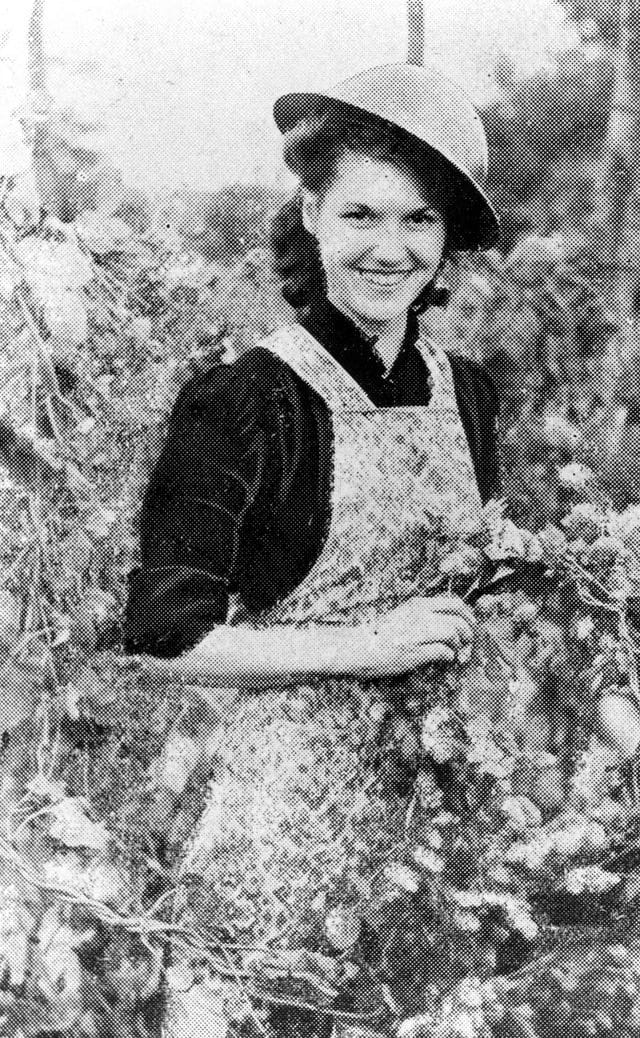
Community historian Carl Chinn has spent years researching and recording the life and memories of ordinary working Brummies — and many of them mention hop picking. Winifred (‘Bill’) Stagg was born in Balsall Heath in 1918. He recalled to Chinn his vivid memories of going hop-picking as a child. “We all piled into the back of an open coal lorry with our gear, singing on the way a song called ‘We’re On the Road’… I remember sleeping in the open barn with all the other hop pickers and how embarrassed I was to undress for bed in their presence. We slept on mattresses of straw.”
Hops were grown on tall wooden poles or a trellis, and the ripe bines had to be pulled down and brought to the pickers. They would stand around a crib, a large bin, and strip the hop cones from the bines by hand. Children would join in, although the younger ones would play in the fields nearby.
The farmer was “very strict” with the children, Stagg recalled, and would belt them with a hop bine if he thought they were not working fast enough.
Families were paid by quantity; the hops were measured in bushels and they would often be paid at the end of the season, to prevent them leaving early. In the 19th century wages amounted to one shilling and six pence – a meaningful sum for an industrial worker — but had risen to £10-£15 for the full season by the time Kathleen Dayus was picking with her family. That would be around £1,000 in today’s prices.
Beer comes to Britain
Hops are relative newcomers to Britain, and were not always used in brewing. Early ales used herbs for flavour, and it was not until Tudor times that ‘beer’ — laced with hops — became popular. Kent was the first and largest area for hop growing, but there is evidence of the crop around Bromyard from the late 16th century.
As Britain began to become the world’s first urbanised, industrial nation, beer became ever more important. This was not just about alcohol; in bigger towns, low-alcohol beer — cleansed by the brewing process — was a safer option than often dirty water supplies.
By the 1700s, Herefordshire and western Worcestershire had become established as the main hopgrowing areas outside the south-east of England. The first records of a seasonal migration from the urban areas begin around this time.
Railways and a more sophisticated trading network soon meant the area was providing for brewers nationally. By 1870, Herefordshire alone accounted for almost 20% of the national crop.
Hop-picking was, until relatively recently, a labour-intensive process — thus the need to bring large urban or migrant populations into the area during the August to September period. Each acre needed six to eight people for the harvest.
Welcome to The Dispatch. We’re Birmingham's new newspaper, delivered entirely by email. Sign up to our mailing list and get two totally free editions of The Dispatch every week: a Monday briefing, full of everything you need to know about that’s going on in the city; and an in-depth weekend piece like the one you're currently reading.
No ads, no gimmicks: just click the button below and get our unique brand of local journalism straight to your inbox.
While Brummie families like Dayus’ and Stagg’s with definitely there, they were probably outnumbered by those from Black Country towns like Dudley and Tipton. Hop growing’s peak occurred at a time when the economies of the two West Midlands regions were diverging, and Birmingham’s fortunes – and wages – were rather more buoyant than in its neighbouring towns, thanks to the rapidly growing engineering factories. So predominant was the practice — largely involving women and children — that in some Black Country towns, the start of the school term was delayed by a couple of weeks to allow families to finish picking. This practice only stopped in 1953.
Squalor, violence and songs
Much like the Staggs, families reported long days bookended by singing and camaraderie. Conditions were often very basic, sometimes little more than canvas draped over poles, or barns once used by cows which had not been cleaned out particularly well. In the 19th century there were outbreaks of cholera.
While accommodation did improve, one report mentioned some 4,000 pickers in the Ledbury area crammed onto 40 farms, all in foul barns with insufficient toilets, fresh water and cooking facilities. By 1929, local authorities in the shires issued bylaws which insisted on 18 square feet per person, straw bedding and cooking fires for certain numbers of people. This led to the building of “hopper huts”, barrack-like structures that are still visible around some farms in Worcestershire and Herefordshire.
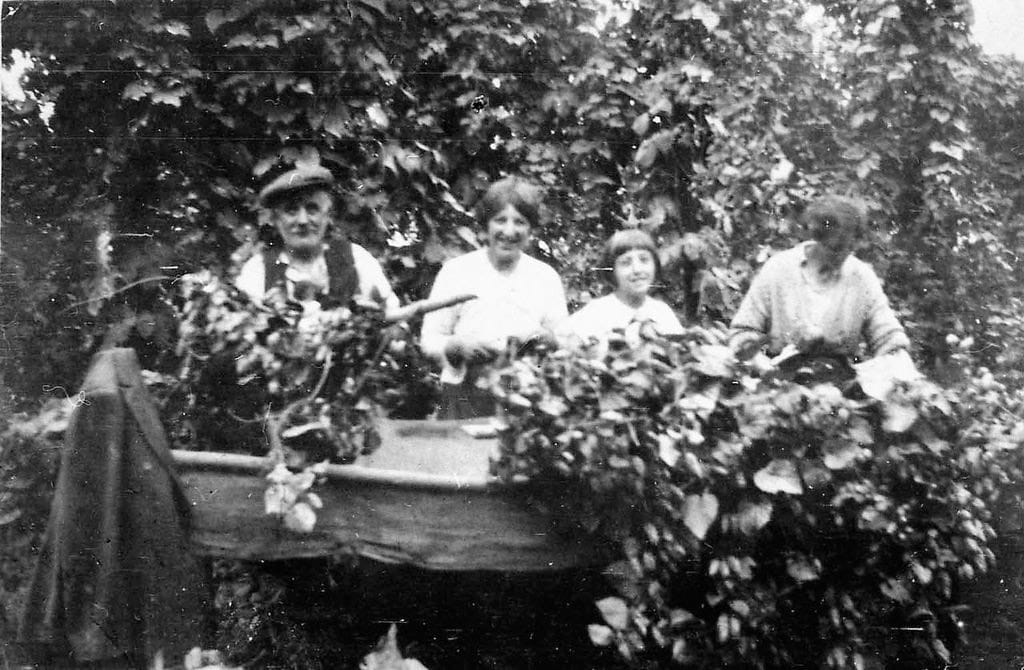
The pickers had extremely rough reputations locally. As suggested by Dayus’ stories, the camps were often raucous and unruly, with violence of all types commonplace — although there was plenty of storytelling, games and singing too.
Local pubs would often hang up ‘no pickers’ signs to deter visitors, who would be obvious by their accent. But others saw it as a huge opportunity, with many setting up mobile stalls to sell food and drink.
Meanwhile, there were open-air church services on Sundays, often led by missionary volunteers. Indeed, preachers and charity workers of all types appear to have been a regular feature, presumably attracted by the ease of reaching a big crowd.
The machines arrive
All this was to change with the invention of hop-picking machines in the US. They began to be imported into the UK from the 1930s onwards. The first British-built versions were made in the Worcestershire area in the 1950s, with the Bruff, first built in Suckley in 1960, becoming the iconic model.
Like so many British beer-related inventions, they ended up shaping continental brewing. They were exported to Germany where they revolutionised picking in the Hallertau area of Bavaria, then the largest hop-growing area in the world.
These machines also revolutionised the industry domestically. The cost was equivalent to two seasons’ worth of pickers’ wages, and could process around 19 bines per minute — the same as hundreds of manual workers. By the 1960s, the practice of seasonal migration had almost disappeared. Labour was still required but could be managed locally or with a few groups of students.
The hop industry was also already in decline, as cheaper foreign hops began to flood into the UK market, and new storage techniques ended the need for fresh hops every season. By the 1970s, a shift away from locally-brewed ales, which often had connections with specific hop farms, towards mass-produced lagers, further accelerated the loss of hop acreage.
By 1985, there were just 650 acres cultivated in Herefordshire, compared to over 6,000 acres in the late 19th century; Worcestershire probably saw a similar decline.
It’s difficult to get exact figures, but the decline has continued since; between 2011 and 2023, for example, the total acreage of hops in both Kent and the Midlands shrank by a half again.
Some local brewers do, nevertheless, have strong connections with the counties to the south. The iconic Black Country brewers, Batham’s, still use hops from the same Herefordshire farm as they have done for generations, visiting each year to inspect the crop.
Changing tastes
The craft beer revolution of the 2000s and 2010s did initially lead to a slight reversal in fortunes, as cask ale revived and drinkers rediscovered independent brews made with local ingredients and inspired by the likes of Batham’s.
But with time the movement’s US origins became clear, and there was a shift towards kegged beer made with strongly flavoured hops from America’s Pacific Northwest, such as Cascade.
The intense, citrus flavours are brought out by the heat and sunshine; in comparison, British hops tasted boring and ‘twiggy’, at least according to the new wave of young aficionados of US-style India Pale Ales (IPAs) — a beer that was, ironically, descended from a Victorian British recipe. They became firmly associated with bitter, increasingly seen as an old man’s drink.
There are, nevertheless, signs of hope. Wye Valley, often seen on handpumps in Birmingham, is based in the heart of the old hop country in Stoke Lacy near Bromyard. Most of their beers use local hops, and their success demonstrates that, in the right packaging, Midlands hops still have a market.
Meanwhile, the Worcestershire hop merchant Charles Faram has a breeding programme which has produced new varieties such as Jester and Harlequin. These have more of the bold, citrus-like flavours associated with modern craft beer. They are regularly used in local beers and some more inventive craft brewers — such as Buxton — have begun using them in particular brews.
For now, hop growing in Herefordshire and Worcestershire looks set to remain a small-scale affair, even if it ranks with Kent in terms of overall output. England now accounts for just 1.5% of hops grown internationally, compared to 40% for the US and 35% for Germany. While the infrastructure of the industry – the oasts once used to dry the hops, for example – are visible all over the area, the actual cultivation has shrunk to a few small patches.
A lasting legacy
While climate change makes it possible to envisage a resurgence in British hops, the seasonal migration of Brummies and Black Country folk to the West Midlands hop yards is certainly a thing of the past. But it did leave a cultural imprint.
For most of those families, growing up in poverty and pollution, it was the first time they breathed fresh air, had a sense of space and freedom, and saw extensive greenery, wildlife and farm animals. It was the nearest thing to a holiday they would ever have.
It forged a connection with the countryside that would persist, and I don’t think it fanciful that the development of the city over the decades after the hop picking peak — with its garden suburbs and desire for country cottages — is partly the result of a folk memory of those hard but memorable weeks in the fields.
If you’d like to sponsor editions of The Dispatch and reach over 25,000 readers, you can get in touch at grace@millmediaco.uk or visit our advertising page below for more information


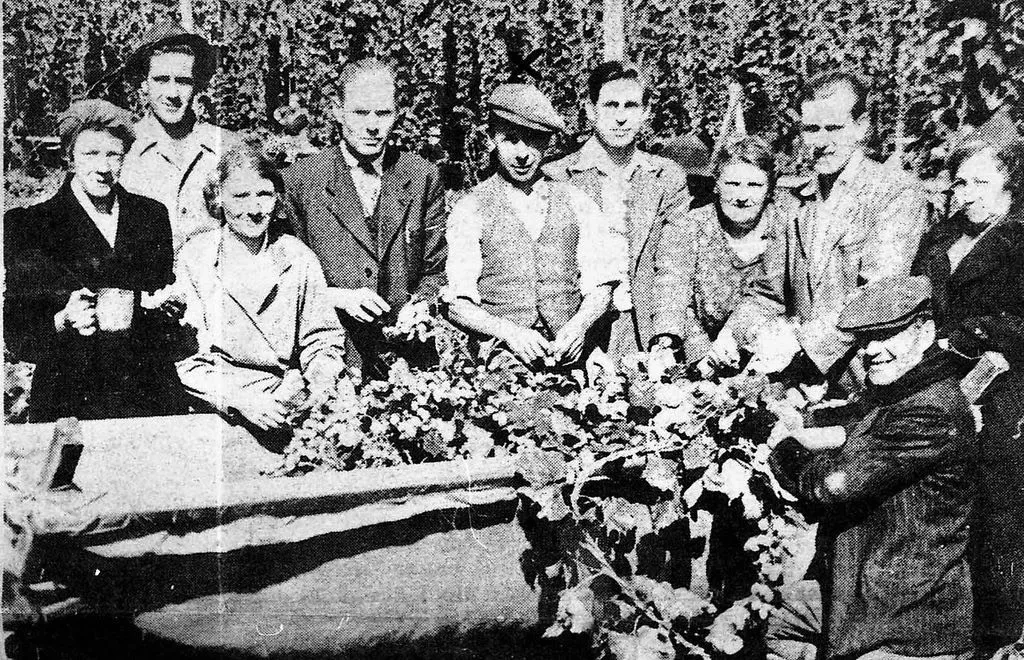

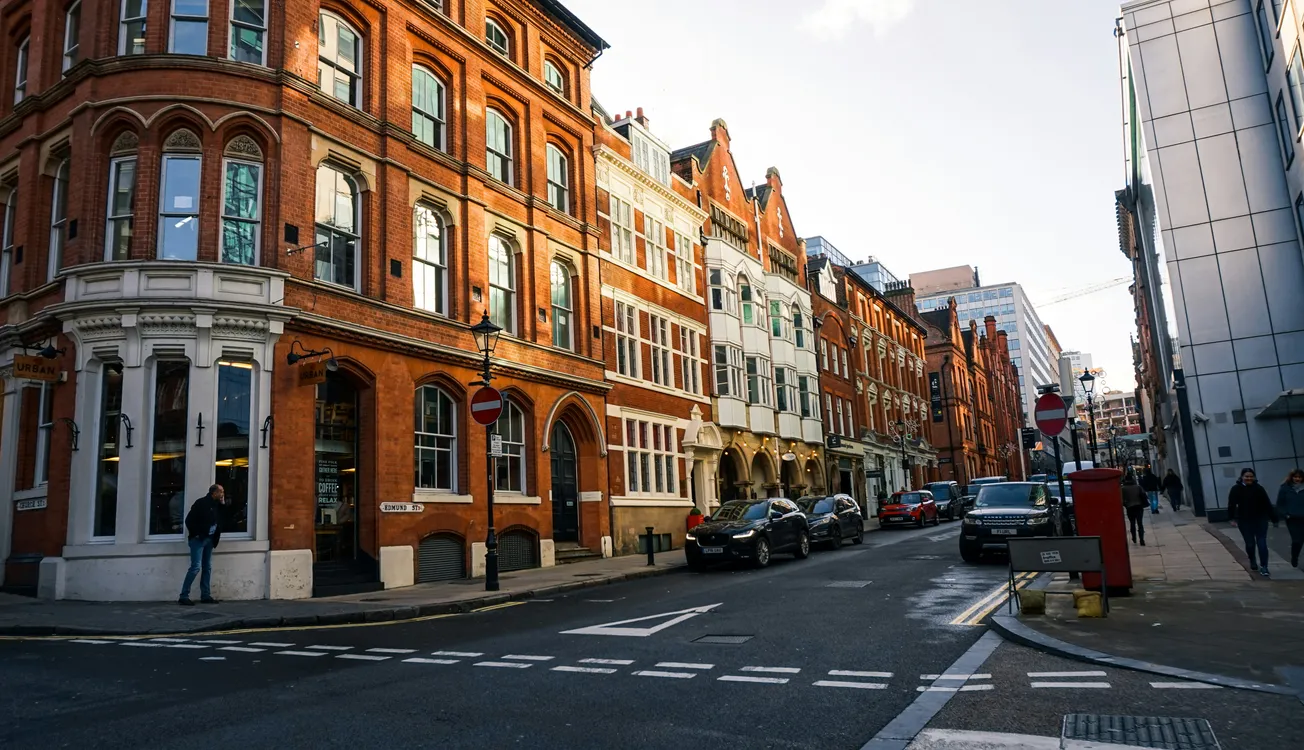
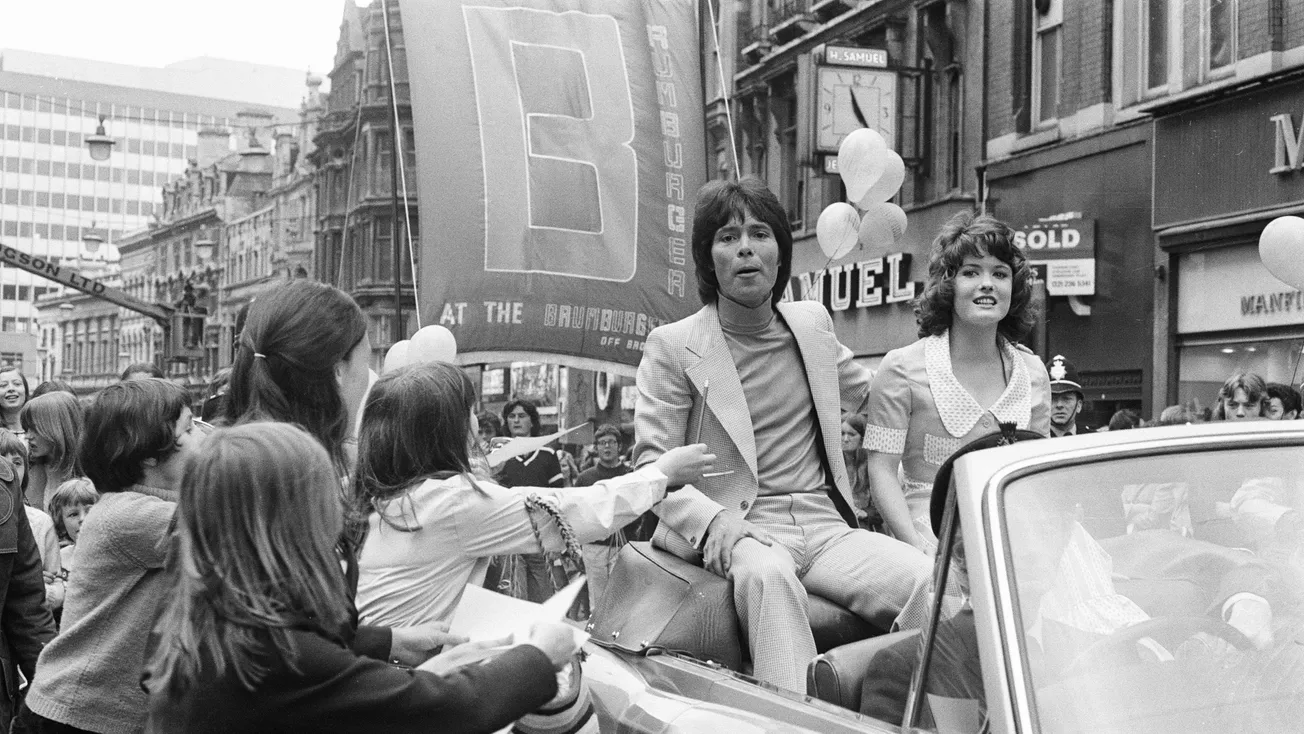
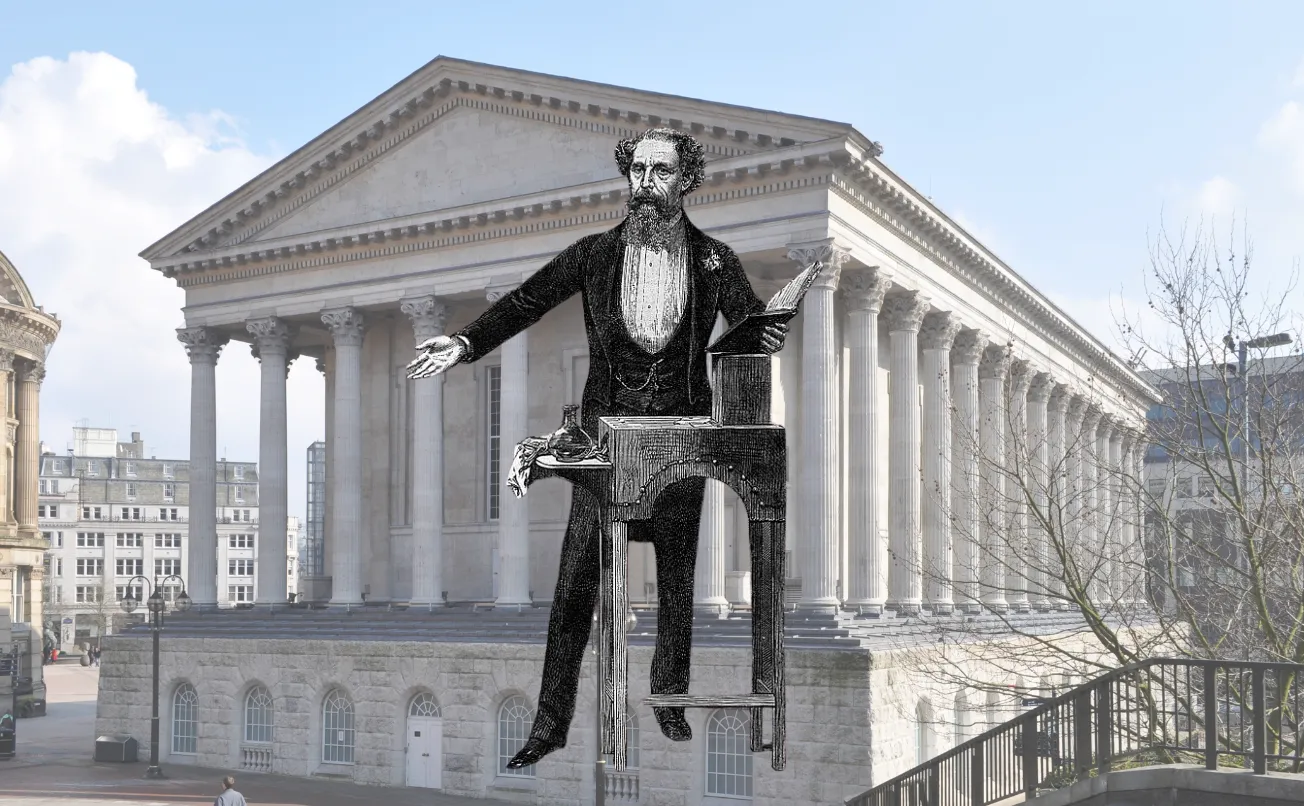


Comments